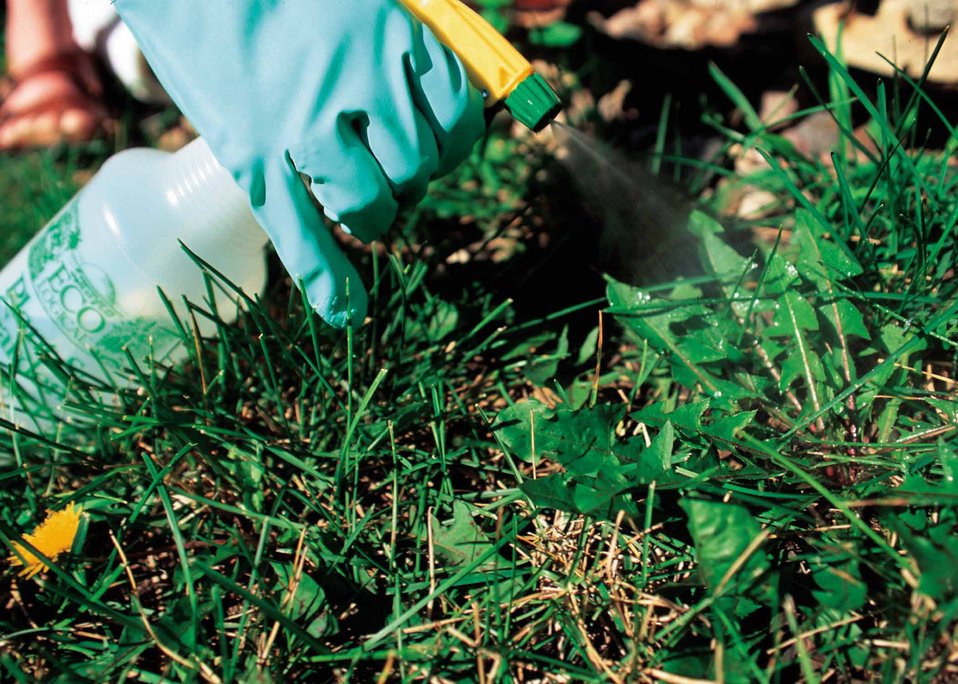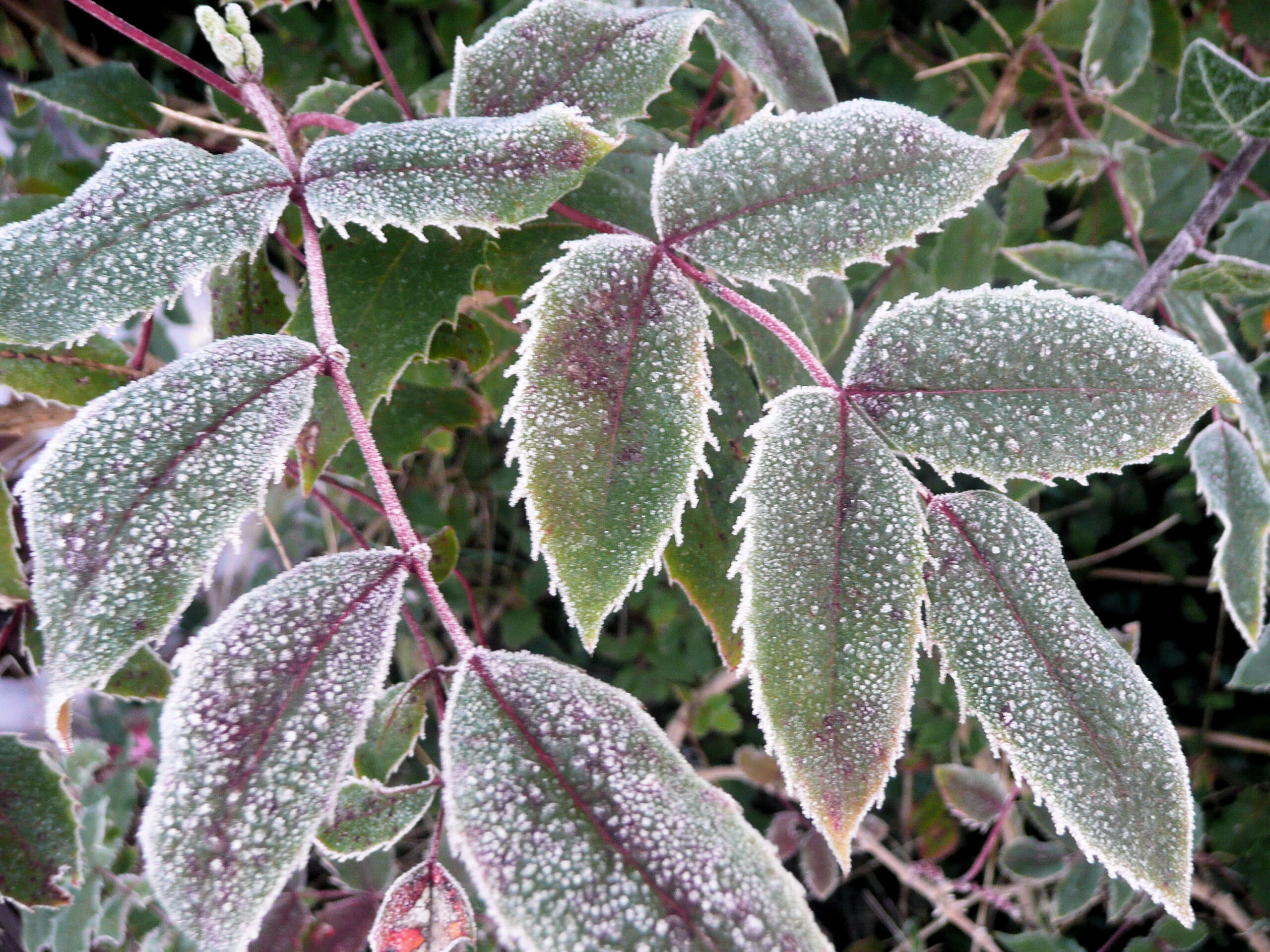By Jessie Walthers, Conservation Program Manager Groundhog Day. Who doesn’t love this most random of…

Herbicides 101
Guest blog post by Noel Jinings, Education Specialist and Compliance Officer with Flathead County Weed Control Department
With all of the recent media attention surrounding glyphosate I am getting a lot of questions regarding the safety of using herbicides for weed control. In this article I will attempt to explain how herbicides work, how to determine an herbicides toxicity, and important safety considerations when using herbicides.
First and foremost, I can’t start any article on herbicides without the rally cry: THE LABEL IS THE LAW!! But, more on that later.
It is important to understand the difference between herbicides and insecticides. Herbicides contain chemical formulations that function to have a negative impact on the tissues of herbaceous plants. Insecticides are chemical formulations meant to destroy insects. No herbicides contain neonicotinoids, the compound that has been found harmful to bees. In general, herbicides are not found to be harmful to insects and pollinators. However, there is some information that glyphosate and dicamba are detrimental to bees. In addition, herbicides are not harmful to pets and livestock when used according to the label. These chemicals are formulated to attack the flesh of herbaceous plants and pass through the digestive system of animals when ingested.
Not all herbicides are created equal. The active ingredient in each herbicide is tested rigorously to determine its toxicity. As you might guess, some herbicides are more toxic than others. To quickly determine the general toxicity of an herbicide manufacturers are required to have a “signal word” on every label. There are 3 signal words: Danger, Warning, and Caution. In general terms, “Danger” means the product is highly toxic. “Warning” means the product has moderate toxicity. “Caution” means the product is slightly toxic to relatively non-toxic. If you wish to learn more about how toxicity is determined in regards to pesticides, MSU Extension publishes MontGuides on various topics. The guide on Assessing Pesticide Toxicity is very informative.
Finally, and most importantly, let’s talk about safety when using herbicides. When using herbicide you must understand that the label is actually a legal document. The Label Is The Law! In order to be in compliance with use restrictions for any herbicide, you must follow all instructions found on the label. Reading the label before using any chemical herbicide is crucial. There is so much information regarding proper personal protective equipment, timing of application, application rate, and what species are controlled by the product. In order to reduce the possibility of exposure, you must follow all instructions found on the label.
A couple things you won’t find on the label. With herbicides everyone needs to understand that MORE IS NOT BETTER! Herbicides are precisely formulated to kill plants at a specific rate. These rates are tested on each individual species of plant listed on the label. When you use more than the specified amount you are really just wasting money. Using more will not kill the plant more or faster. Another thing I would caution against is spraying over your fence. I know it’s super frustrating when you spend the time and money to treat your weeds and your neighbor doesn’t. However, there are definitely legal liabilities involved with anyone putting chemical on someone else’s property. Again, with all the media surrounding the RoundUp law suits lately, people are more sensitive than ever. Better to be safe than sorry.
After using herbicide it is recommended to wash the clothes used separately of other laundry as a precaution. The general recommendation is to wash with detergent and hot water and to store these clothes separate of other clothing.
Lastly, it is always best to calculate exactly how much herbicide you will need to treat your property so that you don’t have any chemical left over. However, that’s not realistic in many situations. If you have to store chemicals, it is important to do so with great care. There are instructions for storage on each label. There are a few important things to keep in mind. First, chemicals should always be stored away from pet food or livestock feed. They should also always be stored in their original package and kept from freezing. Freezing could cause the original container to crack and can lead to a change in the chemical leading to a change in effectiveness.
If used properly, herbicides can be a safe and effective part of an integrated weed management program. For more information on additional weed management options, please contact Noel Jinings at Flathead County Weed Control District. 406-758-2161 or njinings@flathead.mt.gov



